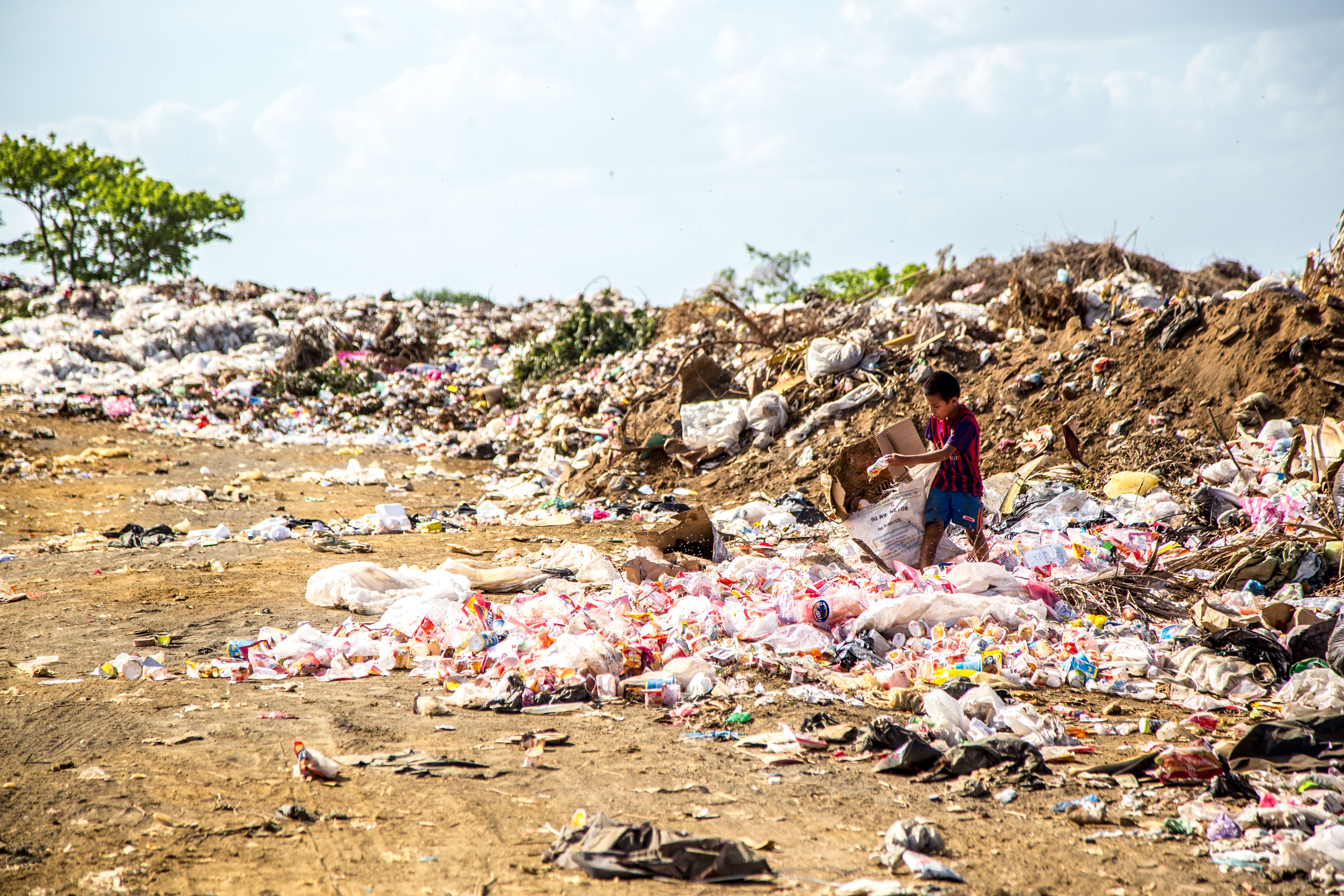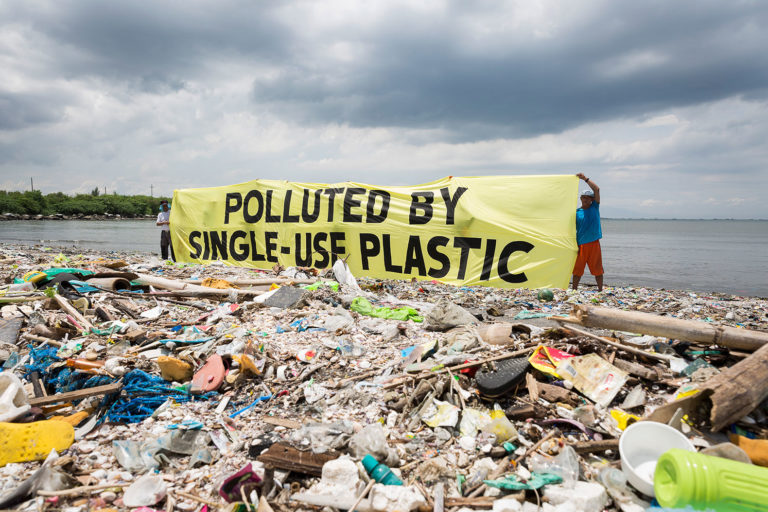Philippines is one of the world’s biggest markets for goods sold in small quantities. To cater to the majority of Filipinos who live on limited budgets, almost all consumer products are made available in sachets (small, single-use packets that are mostly made of plastic), thus the rise of what is known as “sachet economy” in the country.
This kind of economy is most beneficial to the consumers that belong to the financially disadvantaged or those who cannot afford to buy goods that only come in bulk or big packages. However, it has increasingly become a source of grave threat to the environment.
Everyday, you see people indiscriminately throwing their trash—candy wrappers, water bottles, disposable cups, plastic bags, containers and, yes, sachets!—on the streets or in vacant lots. Most families living along creeks, lakes, riverbanks and beaches toss their garbage into the water bodies with reckless abandon. Many households hardly reuse and recycle their consumed plastic products. Neither do they practice proper waste segregation.
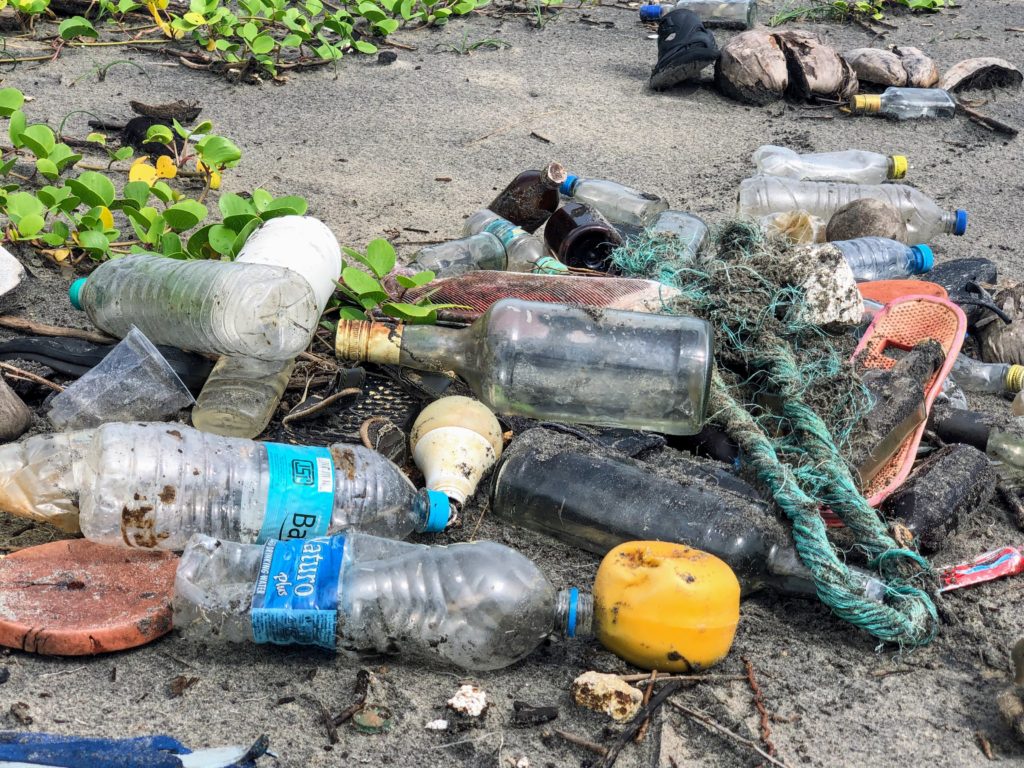
As a result of these actions that reflect people’s gross lack of awareness and discipline, waterways and coastlines get clogged. In the aftermath of typhoons and floods, the shorelines are littered with mounds of trash. (Un)sanitary landfills and open dumpsites become inadequate and overfilled, making solid waste management one of the country’s major environmental challenges.
Hard Facts
According to the study of Jambeck Research Group, 192 coastal countries cumulatively produced a total of 2.5 billion metric tons of solid waste in 2010—275 million metric tons of which was plastic. An estimated 8 million metric tons of mismanaged plastic waste managed to enter the ocean.
Based on the same study, the Philippines was the top 3 producer of mismanaged plastic waste. Today, the country continues to generate an estimated 43,684 tons of garbage daily, including 4,609 tons of plastic waste, according to government data.
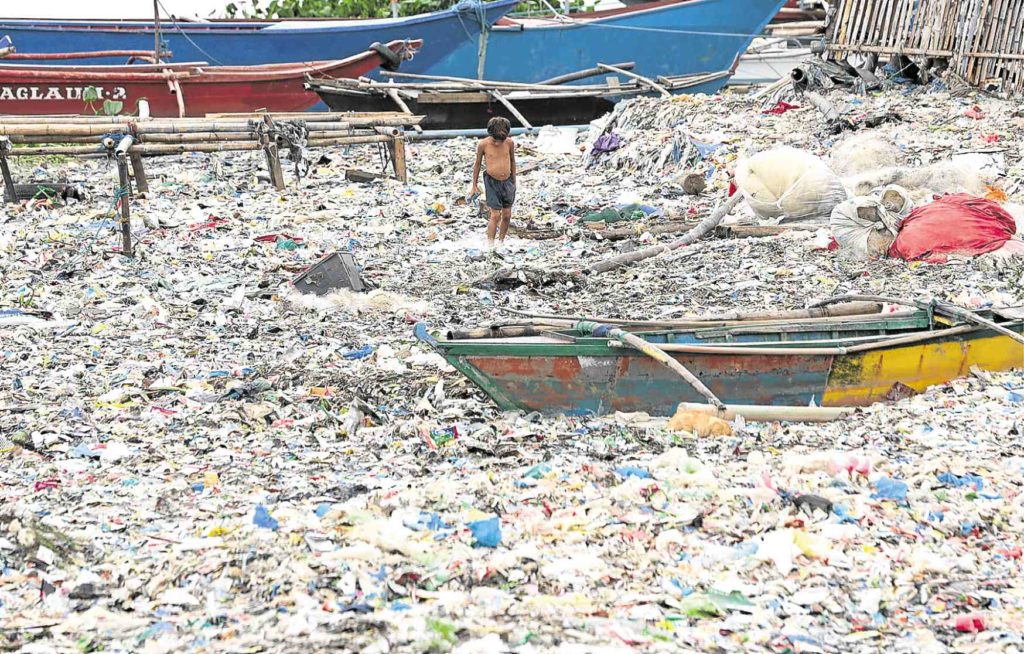
The volume of plastic debris present in the oceans is so enormous that, carried by the strong currents, these float, dwell, migrate and help form any one of the 6 known massive swirling gyres—the East and West Pacific Gyres (these two make up the Great Pacific Garbage Gyre), the South Pacific Gyre, the North and South Atlantic Gyres, and the Indian Ocean Gyre. These gyres are sometimes referred to as the “Traveling Continent,” the “Seventh Continent,” or the Garbage Patches.
According to a United Nations report, if the alarming trend by which the mismanaged plastic waste ends up in the oceans persists, the world’s oceans will have more plastic than fish by the year 2050.
The Detrimental Effects of Plastic Pollution
In March of this year, a dead whale was washed ashore in Compostela Valley. 40kgs of plastic was found in its stomach. In the seas of Verde Island Passage, the center of the world’s marine biodiversity, a crab trapped inside a disposable cup was recently documented. And in Davao Gulf alone, three whales and a dolphin have already been found dead since the start of this year. Their bellies were full of plastic.
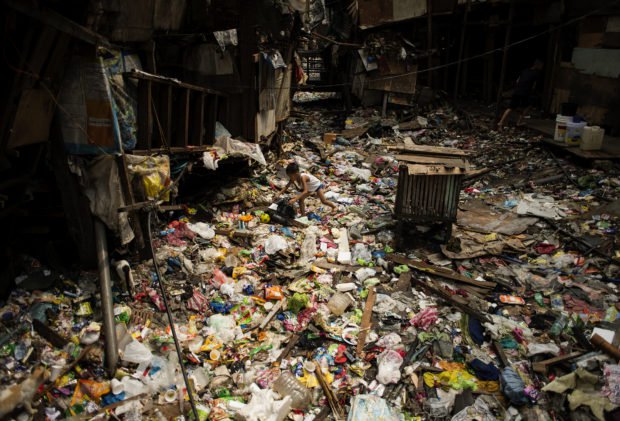
Plastic is a substance that the earth cannot digest. It is a strong and durable material that does not completely biodegrade, and takes a thousand years to break down. But, even then, it won’t decompose into useful nutrients; it just turns into infinitely small pieces of plastic which act like magnets in the water, attracting toxic substances.
To a sea turtle, a floating plastic bag may look like a jellyfish. To seabirds, plastic pellets look like fish eggs, small crab and other prey. Birds, fish and mammals get ensnared in drifting heaps of plastic. Seals and whales can get caught in translucent nets and drown.
Being Part of the Solutions
For citizens: Use “bayong,” fish nets, woven or cloth bags, and other eco-friendly, reusable grocery bags when shopping or doing your groceries. Practice waste segregation. Dispose of your garbage properly and observe solid waste management. Try composting. Reduce your daily use of plastics by looking for alternatives (reusable water bottles, to-go coffee mugs, steel straws, eco-friendly decorations, matches instead of disposable lighters, glass and reusable food containers and utensils, solid toiletries, bamboo toothbrushes, DIY cleaning products, menstrual cups, etc.). Buy in bulk if possible. Join beach or community cleanups. Reduce, refuse, reuse then recycle.
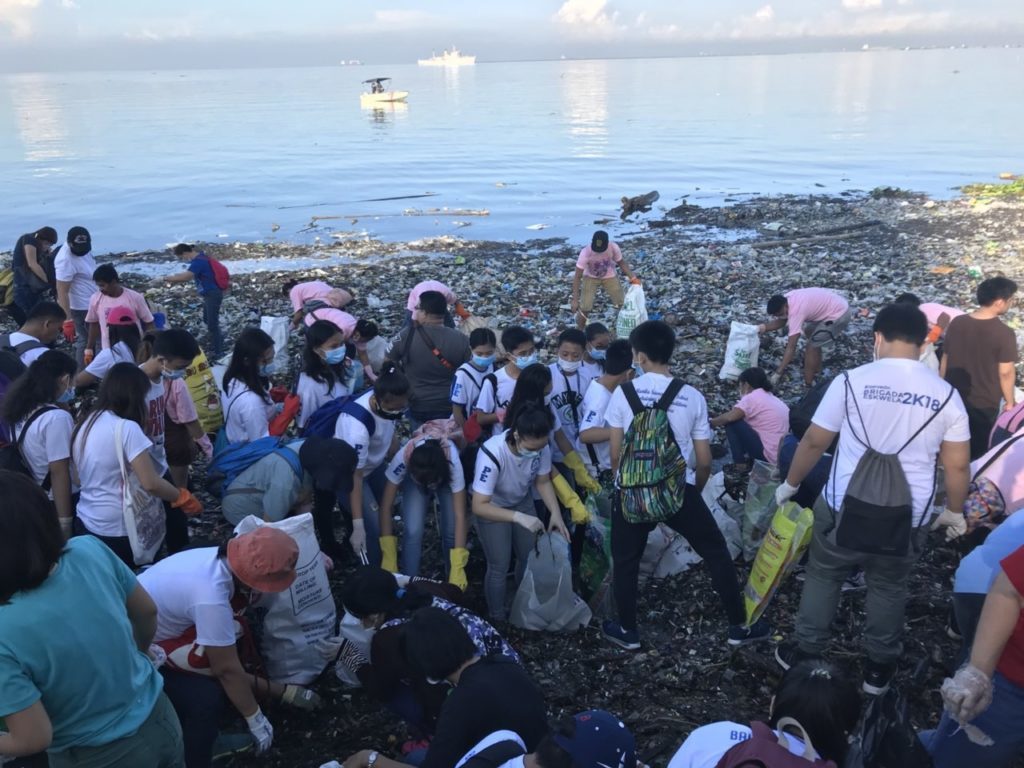
For the government: Participate in global and national efforts to put an end to plastic pollution. Encourage mangrove planting that would help in filtering the waste in the sea. Strictly implement Republic Act 9003 or the Ecological Solid Waste Management Act; Sponsor regular beach and coastal clean-ups. Launch a massive educational campaign about marine debris to bring about voluntary compliance through awareness. Institute Zero Waste programs. Compel companies to acknowledge their liability for plastic pollution. Establish materials recovery facilities all over the country. Institute comprehensive national plastic bag ban and regulate other single-use plastic products. Mandate companies to redesign products, packaging and delivery systems. Strengthen the ban on waste incineration.
For the commercial establishments and manufacturing corporations: Markets and grocery stores should stop using single-use or “sando” bags and, instead, should resort to the use of abaca, banana leaves and other sustainable materials to wrap their products. Restaurants and cafes should use straws made of eco-friendly materials such as coconut leaves (lukay) and refrain from using serving dishes, cups, bowls and utensils made of plastic and styrofoam. The manufacture of toiletries containing microbeads should be completely banned. Refilling stations for basic commodities and personal care products should be set up in all supermarkets and sari-sari stores nationwide. The consumer goods companies, named the top polluters responsible for a quarter of the branded throwaway plastic driving the plastic pollution crisis in the Philippines, should stop producing single-use plastic altogether. They should also acknowledge their great liability for plastic pollution.
According to the report released recently by the environmental organization Global Alliance for Incinerator Alternatives (GAIA), Filipinos use more than 163 million plastic sachet packets, 48 million sando bags and 45 million labo bags daily. Over 90% of the plastic ever produced has not been recycled.
It is time that we stop feeding and actually slay the #PlasticMonster that is destroying our planet. And that can only be possible if we all do our part.
#BreakfreeFromPlastic
***
Written for InqPOP! by Lorelei Aquino. Lorelei was once featured by InqPOP! When she took the stage as a fellow graduate of the University of the Philippines-Diliman (UPD) with her children. She blogs at mom-on-a-mission.com.

